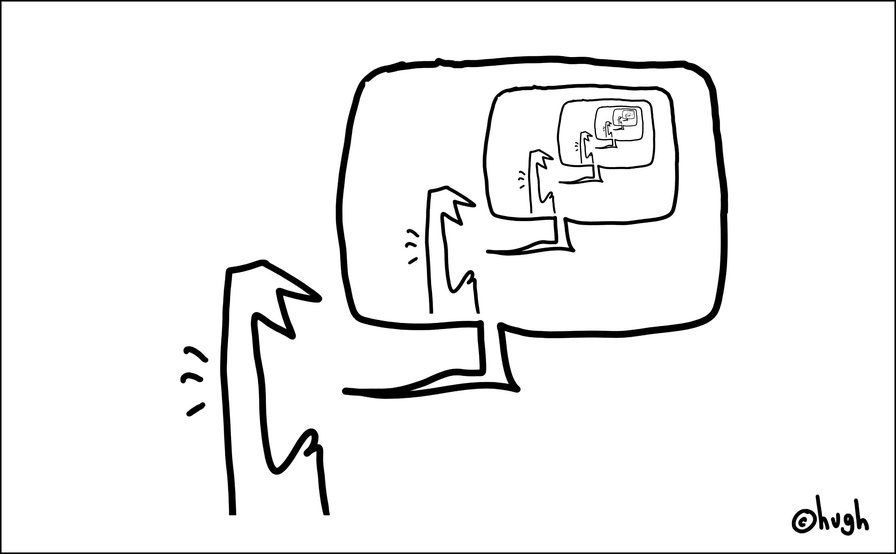How do you measure a Filter Bubble?

Imported from the Blogactiv.eu blogging platform, closed without warning in 2021. Links, images and embeds not guaranteed, and comments not displayed.
I spent a few minutes viewing the Twitter profiles of some of the people who've followed me recently and I was struck by how much of their TweetStreams were simply RTs of other people here in Brussels.
Don't they have anything original to say? Perhaps not. More to the point, is there any better illustration of an echo chamber than a bunch of people RTing each other in an unending Mutual Admiration Society? Picture the scene in the cafeteria:
Alice says: "Hi there, thanks for RTing me!" Bob replies: "It was a pleasure. After all, you RT'd me!!" Enter Chris: "Hi there, thanks for RTing me!"
Repeat.
If there's a data cruncher out there with access to Twitter's API, I'm sure we could reasonably easily calculate each Tweep's Insularity Index with a bit of network theory - e.g., by measuring:
- how closely they and their friends cluster together in their Twitter graph,
- the ratio between their RTs of friends, of non-friends, and of original
Even better, I'm sure someone's done it, A quick and easy measure of how much they help build the walls of their echo chamber? Just a thought. I did say I'd try to post shorter.
Cartoon (c) GapingVoid
Further reading
- Introducing the Brussels Bubble to some of its denizens (May, 2012)
- useful resources tagged brussels bubble (13) and/or filter bubble (37) on my Hub
Related reading
More Stuff I Think
More Stuff tagged filter bubble , groupthink , twitter , bxlsbbl
See also: Online Community Management , Social Media Strategy , Psychology , Social Web